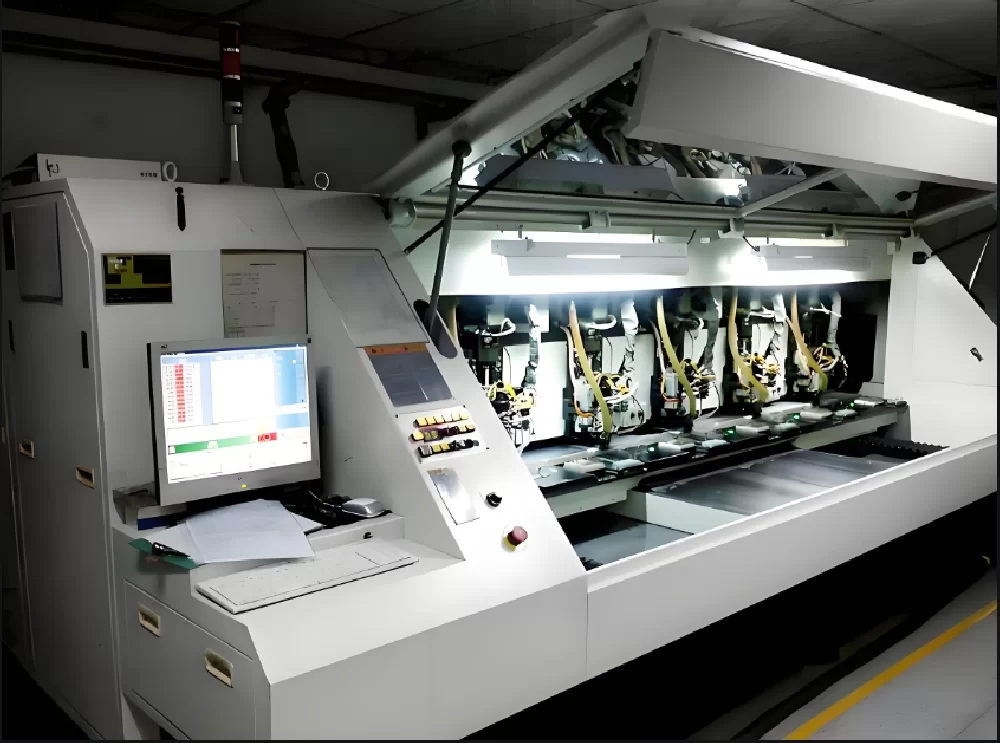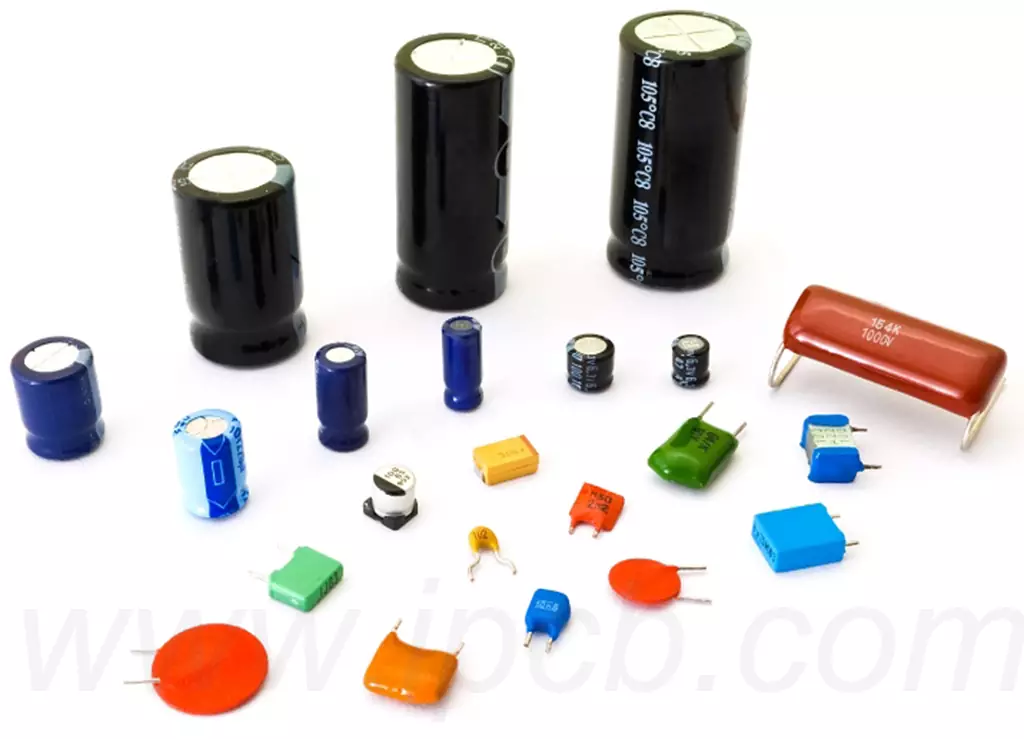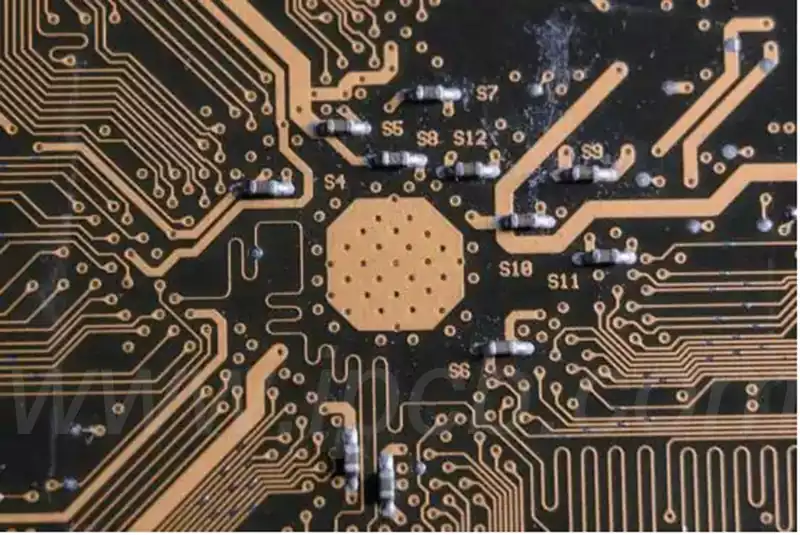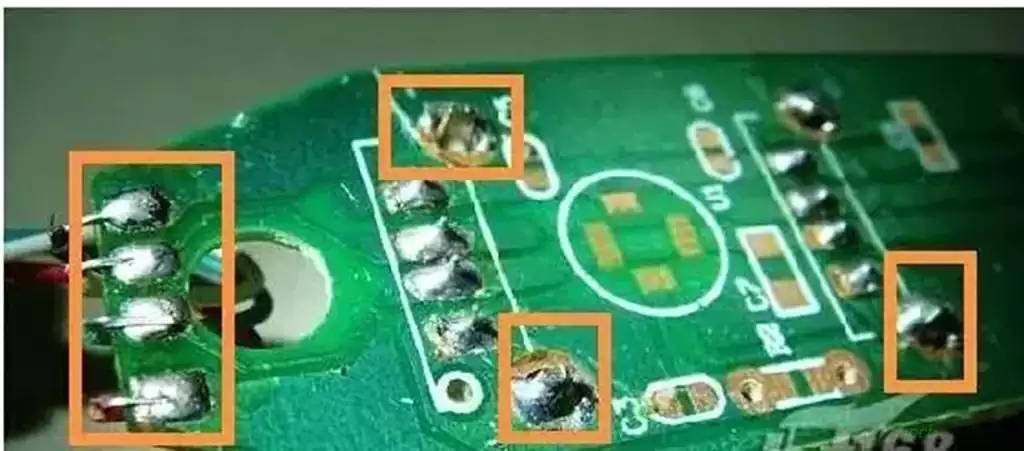The CNC PCB drilling machine has become an essential tool in the world of printed circuit board (PCB) manufacturing. As the demand for intricate designs and high-quality boards continues to rise, the need for precision drilling has never been greater. In this article, we will explore the significance of CNC PCB drilling machines, their working principles, benefits, applications, and the future of drilling technology in PCB production.

Understanding CNC Technology
CNC stands for Computer Numerical Control, which refers to the automation of machine tools through computers executing pre-programmed sequences. This technology allows for precise control of various manufacturing processes, including drilling, milling, and routing. In the context of PCB production, CNC drilling machines are specifically designed to drill holes in circuit boards with exceptional accuracy.
CNC PCB drilling machines utilize a range of computer-controlled mechanisms to guide the drill bits, ensuring that each hole is placed exactly where it needs to be. This level of precision is crucial in today’s electronics, where even the smallest misalignment can lead to functional failures or defects in the final product. Additionally, the ability to program different drilling patterns into the machine allows for complex and varied designs, accommodating a wide range of customer needs.
How CNC PCB Drilling Machines Work
The operation of a CNC PCB drilling machine involves several key steps:
- Design Input: The first step in the process is the creation of a PCB design using computer-aided design (CAD) software. This design includes all necessary specifications, such as hole locations, sizes, and the overall layout of the circuit board. Designers can simulate the drilling process within the software to foresee any potential issues.
- Conversion to CNC Code: Once the design is complete, it is converted into a format that the CNC machine can understand, typically G-code. This code dictates the movements and actions of the drilling machine, allowing for automated drilling based on precise specifications.
- Setup: The PCB is securely mounted onto the drilling machine’s work table. Proper alignment is critical to ensure accuracy during drilling. This setup process often includes calibrating the machine to ensure that the drill bits are correctly positioned relative to the PCB.
- Drilling Process: The CNC machine begins the drilling process based on the G-code instructions. The drill bits, guided by the machine’s motors, move precisely to create holes in the designated locations. The machine can often drill multiple layers of a PCB in one pass, increasing efficiency and reducing the overall production time.
- Post-Drilling Operations: After drilling, additional processes may take place, such as deburring and cleaning to remove any residue from the drilling process. These steps are essential for ensuring that the board is ready for subsequent manufacturing stages, such as plating or component placement.
- Quality Control: After drilling, the boards undergo a quality control process to ensure that all holes meet the specified requirements. This may involve visual inspections or automated checks using optical inspection systems, which can quickly identify any defects in the drilled holes.
Advantages of CNC PCB Drilling Machines
CNC PCB drilling machines offer several advantages over traditional drilling methods:
- Precision and Accuracy: One of the most significant benefits of CNC drilling is its precision. The computer-controlled movements ensure that each hole is drilled exactly where it is intended, significantly reducing the likelihood of errors that can occur with manual drilling.
- Speed: CNC machines can operate at high speeds, significantly increasing the production rate compared to manual drilling. This efficiency is particularly important in high-volume production environments where time is a critical factor.
- Consistency: CNC technology allows for consistent results across large batches of PCBs. Once a program is set, the machine can replicate the same drilling pattern repeatedly without variation, ensuring uniformity in production.
- Flexibility: CNC drilling machines can handle various designs and specifications without requiring extensive manual adjustments. This flexibility makes it easier to adapt to changing project requirements or custom orders from clients.
- Reduced Labor Costs: With automation, the need for manual labor is significantly reduced. Operators can oversee multiple machines, leading to lower overall labor costs and increased productivity in the manufacturing process.
- Enhanced Safety: Automation reduces the risk of human error, making the manufacturing process safer. Operators can monitor the machines from a safe distance, reducing exposure to hazards associated with manual drilling.
Applications of CNC PCB Drilling Machines
CNC PCB drilling machines are utilized across a wide range of industries, including:
- Consumer Electronics: From smartphones to home appliances, CNC drilling is critical in producing PCBs used in everyday electronics. The high demand for innovative products requires quick turnaround times in PCB manufacturing, making CNC drilling indispensable.
- Automotive: Modern vehicles contain numerous electronic components, all of which rely on precision PCBs. CNC drilling ensures that these boards are manufactured to the highest standards, contributing to vehicle safety, performance, and functionality.
- Medical Devices: In the medical field, reliability and precision are paramount. CNC drilling machines help create PCBs used in diagnostic and therapeutic devices, ensuring they function correctly under critical conditions and meet stringent regulatory requirements.
- Telecommunications: High-frequency applications in telecommunications require precise PCB drilling to maintain signal integrity. CNC drilling machines play a crucial role in producing the necessary components for communication systems, including antennas and RF circuits.
- Industrial Equipment: CNC PCB drilling machines are essential in manufacturing PCBs for various industrial applications, including automation and control systems. These systems often demand rigorous quality standards to operate effectively, making precise drilling critical.
- Aerospace and Defense: In aerospace applications, where reliability is critical, CNC drilling machines are used to produce PCBs that meet strict industry standards. This ensures the safety and performance of aircraft and defense systems, where failures can have catastrophic consequences.
- IoT Devices: As the Internet of Things (IoT) continues to expand, the demand for compact and efficient PCBs has surged. CNC drilling machines are critical in producing the small, intricate boards required for smart devices, sensors, and connected technology.
The Future of CNC PCB Drilling Technology
As technology continues to advance, so too will the capabilities of CNC PCB drilling machines. Several trends are shaping the future of this field:
- Increased Automation: The integration of artificial intelligence (AI) and machine learning algorithms will further enhance automation in CNC drilling. This will allow for predictive maintenance, improved quality control measures, and the ability to adapt to changes in production needs, minimizing downtime and optimizing efficiency.
- Enhanced Software: Innovations in CAD and CAM (Computer-Aided Manufacturing) software will make designing PCBs and programming CNC machines easier and more efficient. User-friendly interfaces will attract more manufacturers to adopt CNC technology, fostering innovation in the industry.
- Miniaturization: As electronic devices become smaller and more complex, the demand for miniaturized PCBs will grow. CNC drilling machines will need to adapt to handle smaller components and tighter tolerances while maintaining high precision, which is essential for modern electronics.
- Sustainability: Environmental concerns are prompting manufacturers to seek greener practices. Future CNC machines may incorporate energy-efficient technologies and materials, reducing waste during the drilling process and minimizing the carbon footprint of PCB manufacturing.
- Integration with Other Technologies: The future may see CNC PCB drilling machines integrated with other manufacturing processes, such as 3D printing. This integration could lead to more streamlined production methods and new capabilities in PCB design, enhancing overall efficiency and innovation.
- Advanced Materials: The development of new materials for PCBs will also influence CNC drilling technology. As manufacturers begin to use more advanced substrates, drilling machines will need to be equipped to handle these materials, which may have different properties and drilling requirements.
The Role of CNC in Customized PCB Solutions
The demand for customized PCBs is on the rise, driven by the need for specialized electronic components in various sectors. CNC PCB drilling machines play a pivotal role in this customization process. With their ability to quickly switch between different drilling patterns and specifications, CNC machines can produce bespoke circuit boards tailored to specific requirements.
This flexibility is particularly beneficial for prototyping and small-batch production, where traditional methods might be too slow or cost-prohibitive. By utilizing CNC drilling technology, manufacturers can respond more quickly to market demands and customer needs, fostering innovation in electronic design.
Sustainability in PCB Manufacturing
As the PCB industry grapples with environmental concerns, sustainability has become a key focus. CNC PCB drilling machines can contribute to more sustainable practices by optimizing the drilling process to minimize waste. Advanced software can calculate the most efficient drilling paths, reducing the amount of excess material generated during production.
Additionally, many manufacturers are exploring eco-friendly materials for PCBs, which often require different drilling techniques. CNC machines that can adapt to various materials will be vital in supporting the industry’s shift toward sustainability. Embracing such innovations not only addresses environmental challenges but also appeals to a growing base of environmentally-conscious consumers and businesses.
Conclusion
CNC PCB drilling machines are not just tools; they represent the future of PCB manufacturing. As technology advances, these machines will continue to evolve, bringing greater precision, efficiency, and flexibility to the production process. The implications of these developments extend beyond mere manufacturing improvements; they will shape the future of electronics and influence the products we rely on in our daily lives.
By investing in CNC technology and embracing the innovations it brings, manufacturers can position themselves to meet the challenges of an ever-changing market. The journey toward more efficient and sustainable PCB production is ongoing, and CNC drilling machines will undoubtedly play a central role in this transformation.



